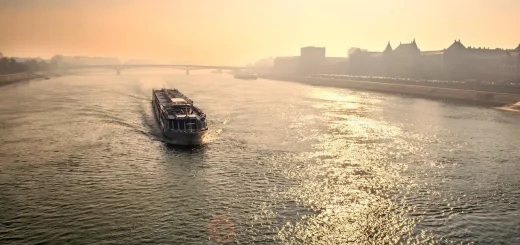Can I travel with a water bottle on a plane?
The water bottle has become an indispensable part of everyday life, offering both practicality and a fundamental necessity for those who care about the environment, their finances and their health.
The travel in aircraft Travelling by air requires meticulous preparation, with particular attention paid to the items you can take on board. One of the questions most frequently asked by travellers is whether it is possible to take a water bottle with you on the plane.
You can easily find a travel water bottle in physical shops or on e-commerce sites such as Greenweez. But can you travel with a water bottle on a plane? What are the rules and conditions to be aware of? Which material is best? Small water bottles, insulated water bottles, stainless steel water bottles... Here's what you need to know about travelling with your water bottle while complying with aviation regulations.
Rules for travelling by plane with a water bottle
The first step to travelling with a bottle on the plane is to understand the rules laid down by airlines and safety organisations. In general, you are allowed to take a water bottle with you on the plane, provided it is empty when it goes through the security check.
Liquids are subject to very strict restrictions in the cabin. However, it is possible to go through security with an empty bottle and refill it afterwards to keep hydrated throughout the journey.
However, to avoid making a mistake, it is essential to check the specific policies of the airline you are travelling with. Some may have stricter rules than others.
How do you travel with a water bottle on a plane?
When you go through airport security checks, you will need to bring your bottle is empty. Next, remove your water bottle from your bag and place it in the bin provided. Security officers may ask to check your bottle more closely, so be prepared to open the cap or remove any removable parts.
Once you have passed the security checks, look out for drinking water fountains in the boarding area. Fill up your freshly emptied water bottle to stay hydrated during the flight. Many airlines also offer in-flight drinks services, but it's always a good idea to have water to hand, especially on longer flights.
What material should I choose for a travel bottle?
The choice of bottle material can also influence your travel experience. Plastic water bottles are generally lighter and less likely to break, which can be an advantage when travelling. Unfortunately, plastic is not a recommended material for a water bottle. There is a risk of substances being transmitted between the container and the liquid. Plastics can contain microplastics and bisphenol A, which are harmful to health.
Today, water bottles come in all sizes and materials. The two most appropriate and healthiest materials for a water bottle are glass and stainless steel.
Although glass is a natural, healthy and recyclable material, it is not recommended for travel because of its weight and the risk of breakage. Stainless steel is probably the best choice for a travel water bottle. A healthy, stable and antibacterial material, it's also the choice for longevity. With no risk of breakage and lightweight, a stainless steel water bottle can also keep your drink cooler or warmer for longer.
Stainless steel is therefore the most suitable material for your travel bottle.
Why choose to travel with a water bottle?
In addition to its obvious practicality, travelling with a water bottle is also a way of contributing to the environment. preserving the planet by reducing plastic waste. When you don't buy plastic water bottles, you're helping the environment.
Single-use bottles contribute to the scale of the plastic problem. National Geographic reports that around one million plastic bottles are sold every minute, equivalent to 7 kilos of plastic bottles per person per year. However, the use of water bottles offers a simple solution for putting an end to the purchase of plastic bottles.
- Scuba diving: equipment, advice and destinations - July 31, 2024
- Travelling next to the window could be dangerous for your health: find out why - April 24, 2024
- How to spot a hidden camera in your holiday rental: 3 secret tips - April 21, 2024


